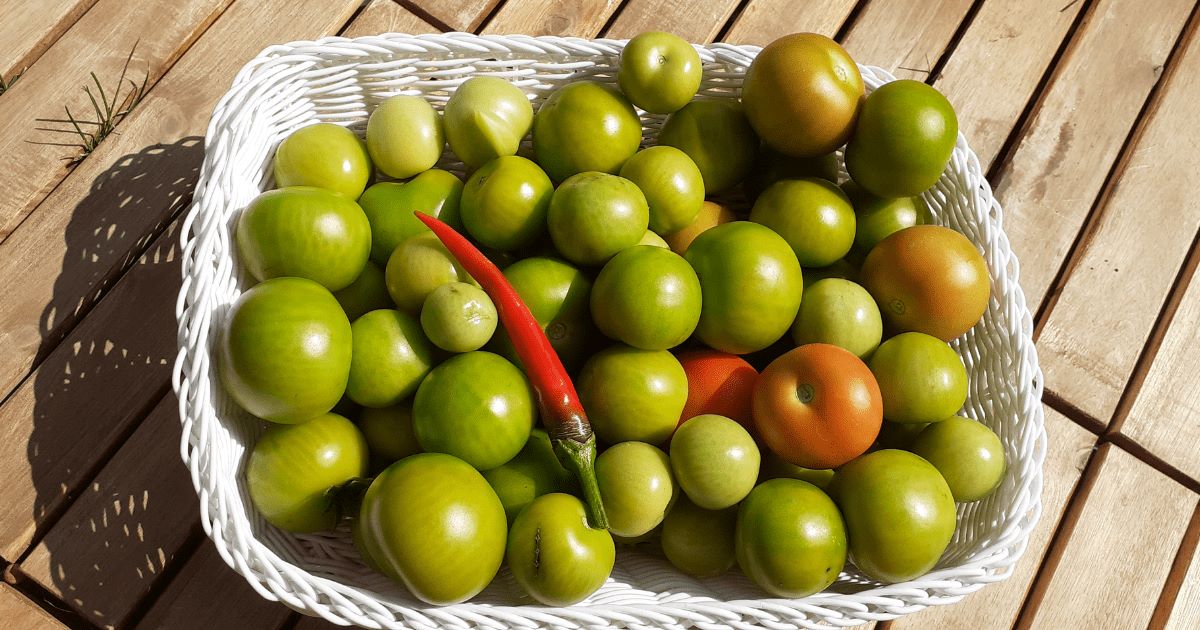

Articles
How To Store Green Tomatoes To Ripen Later
Modified: December 7, 2023
Learn how to store green tomatoes to ripen them later with these helpful articles. Find out the best methods and tips for preserving and accelerating the ripening process.
(Many of the links in this article redirect to a specific reviewed product. Your purchase of these products through affiliate links helps to generate commission for Storables.com, at no extra cost. Learn more)
Introduction
Welcome to this comprehensive guide on how to store green tomatoes to ripen later. Green tomatoes are unripe fruits that can be harvested before they have reached their full maturity. Sometimes, due to unexpected weather changes or the end of the growing season, you may find yourself with an abundance of green tomatoes that need to ripen off the vine. While it can be frustrating to see all those green tomatoes, fear not! With the right knowledge and techniques, you can successfully ripen green tomatoes and enjoy their delicious flavors.
Before we dive into the various methods of storing green tomatoes for ripening, it’s important to understand a few factors that can influence the success of this process. First and foremost, it’s crucial to start with green tomatoes that are at the right stage of maturity. If the tomatoes are too immature or too advanced in their ripening stage, it may be difficult to achieve the desired results.
Secondly, the storage conditions play a significant role in the ripening process. Green tomatoes need the right environment to undergo the natural ripening process effectively. Factors such as temperature, humidity, and airflow need to be considered to create the ideal conditions for ripening.
Lastly, it’s essential to choose the right method for storing green tomatoes. There are several methods available, each with its advantages and considerations. By understanding the different storage methods, you can select the one that best suits your needs and resources.
Now that we’ve covered the basics, let’s explore the best conditions for ripening green tomatoes and the different methods you can use to store them.
Key Takeaways:
- Ripening green tomatoes requires selecting the right maturity, creating optimal conditions, and choosing suitable storage methods. Regular monitoring and patience are key to achieving delicious, ripe tomatoes for your recipes.
- Utilize the paper bag, cardboard box, or ripe fruit methods to ripen green tomatoes effectively. Ensure proper storage, avoid overcrowding, and be patient during the ripening process. With the right conditions and precautions, enjoy the flavorful results of your ripened green tomatoes.
Read more: How To Store Green Tomatoes
Factors to Consider Before Storing Green Tomatoes
Before you start storing green tomatoes for ripening, there are a few important factors to consider. These factors will impact the success of the ripening process and ensure that you achieve the best results. Let’s take a look at these factors:
- Maturity: It’s crucial to choose green tomatoes that are at the right stage of maturity for successful ripening. Tomatoes that are too small or underdeveloped may not ripen properly off the vine. On the other hand, overly mature green tomatoes may not ripen evenly and can spoil quickly. Look for green tomatoes that are firm and plump, with a slight color change but still mostly green.
- Disease and Damage: Inspect the green tomatoes carefully for any signs of disease, mold, or damage. It’s important to select only healthy tomatoes for storing, as diseased or damaged tomatoes may spoil quickly and affect the ripening process of other tomatoes. Remove any tomatoes that show signs of rot or disease to prevent the spread to the rest of the batch.
- Variety: Different tomato varieties have varying ripening characteristics. Some varieties ripen better off the vine, while others are more suited for ripening on the vine. Determinate varieties, for example, tend to ripen all at once and may not benefit from off-vine ripening. Indeterminate varieties, on the other hand, have a longer ripening period and can be successfully ripened off the vine.
- Timing: The timing of when you harvest the green tomatoes can also affect the ripening process. Aim to harvest the tomatoes when the weather is still warm and there is enough time for them to ripen. As the temperatures drop, the ripening process slows down, so it’s best to store green tomatoes before the colder weather sets in.
By considering these factors before storing green tomatoes, you can ensure that you are starting with the best possible tomatoes for successful ripening. Now that we’ve covered these factors, let’s move on to explore the best conditions for ripening green tomatoes.
Best Conditions for Ripening Green Tomatoes
To successfully ripen green tomatoes, it’s important to create the ideal conditions that mimic the natural ripening process on the vine. The following conditions are essential for optimal ripening:
- Temperature: Green tomatoes ripen best at temperatures between 65°F and 75°F (18°C to 24°C). Avoid exposing them to extreme heat or cold, as it can affect the ripening process. The warmer the temperature, the faster the tomatoes will ripen, but higher temperatures may also result in uneven ripening and decreased flavor.
- Humidity: Maintaining moderate humidity levels is important for ripening tomatoes. Too much humidity can lead to mold or decay, while too little can cause the tomatoes to dry out. Aim for a humidity level between 80% and 90%. If the humidity is too low, you can place a shallow tray of water near the tomatoes to increase moisture in the air.
- Airflow: Proper airflow is crucial to prevent the tomatoes from rotting or developing mold. Ensure that there is adequate ventilation around the stored tomatoes. This can be achieved by spacing the tomatoes apart and avoiding overcrowding. Good airflow helps to remove excess moisture and maintain a healthy environment for ripening.
- Light: Green tomatoes require indirect light to ripen. Avoid exposing them to direct sunlight, as it can cause uneven ripening and make the tomatoes too soft. Place the tomatoes in a well-lit area, such as a windowsill or a countertop away from direct sunlight. Artificial light can also be used if natural light is limited.
By providing the right temperature, humidity, airflow, and light, you can create the optimal conditions for green tomatoes to ripen off the vine. Now that we’ve covered the best conditions, let’s explore the different methods you can use to store green tomatoes for ripening.
Methods to Store Green Tomatoes for Ripening
There are various methods you can use to store green tomatoes for ripening. Each method works slightly differently and offers its own advantages. Let’s explore these methods:
- Paper Bag Method: This is a popular and simple method for ripening green tomatoes. Place the green tomatoes in a paper bag, ensuring they are not overcrowded. Add a ripe banana or apple to the bag, as they release ethylene gas, which speeds up the ripening process. Close the bag loosely to allow air circulation. Store the bag in a warm area, checking on the tomatoes every few days to monitor their progress.
- Cardboard Box Method: For larger quantities of green tomatoes, the cardboard box method works well. Line a cardboard box with newspaper or a towel to absorb excess moisture. Place the green tomatoes in a single layer, making sure they don’t touch each other. Add a ripe banana or apple to the box to hasten the ripening process. Keep the box in a warm location and check on the tomatoes regularly.
- Ripening with Banana or Apple: If you don’t have paper bags or cardboard boxes, you can also ripen green tomatoes with just a ripe banana or apple. Place the green tomatoes in a single layer on a countertop or tray. Put a ripe banana or apple near the tomatoes, as the ethylene gas released by the fruit will help accelerate the ripening process. Keep an eye on the tomatoes and remove any that show signs of spoilage.
- Countertop Ripening: Another simple method is to place the green tomatoes directly on a countertop or windowsill for ripening. Make sure they are in a single layer, with enough space between each tomato for proper airflow. Monitor the ripening progress and remove any tomatoes that start to spoil or become overly ripe.
These methods provide you with options depending on the quantity of green tomatoes you have and the resources available to you. Experiment with different methods to find the one that works best for your needs. In the next section, we will discuss how to check and monitor the ripening progress of your green tomatoes.
Paper Bag Method
The paper bag method is a popular and effective way to ripen green tomatoes. It creates a controlled environment that promotes the natural ripening process. Here’s how you can use the paper bag method:
- Start by selecting green tomatoes that are at the right stage of maturity. They should be firm and mostly green, with a slight color change indicating the beginning of ripening.
- Place the green tomatoes in a paper bag. Make sure not to overcrowd the bag. If you have a large quantity of tomatoes, it’s better to use multiple bags or containers to allow for proper airflow.
- Add a ripe banana or apple to the bag. These fruits release ethylene gas, a natural plant hormone that triggers the ripening process. The ethylene gas will aid in accelerating the ripening of the green tomatoes.
- Loosely close the paper bag to allow for air circulation. This will prevent excessive moisture buildup and reduce the risk of mold or rot. Avoid sealing the bag tightly as this can trap moisture and hinder the ripening process.
- Place the paper bag in a warm area, such as a kitchen countertop or pantry. The ideal temperature for ripening green tomatoes is between 65°F and 75°F (18°C to 24°C).
- Check on the tomatoes every few days to monitor their ripening progress. The ripening process can take anywhere from a few days to a couple of weeks, depending on various factors such as tomato variety, temperature, and initial maturity.
- As the tomatoes ripen, they will start to change color, soften, and develop a sweeter flavor. Once they reach the desired level of ripeness, you can remove them from the bag and enjoy them in your favorite recipes.
The paper bag method provides a controlled and efficient way to ripen green tomatoes. It capitalizes on the release of ethylene gas from a ripe banana or apple to accelerate the ripening process. With regular monitoring, you can ensure that your green tomatoes ripen evenly and are ready to be enjoyed.
Now that you’re familiar with the paper bag method, let’s move on to exploring another method for storing green tomatoes, the cardboard box method.
Store green tomatoes in a single layer in a cool, dark place with good air circulation, such as a paper bag or cardboard box. Check them regularly and remove any that show signs of rotting to prevent it from spreading.
Read more: How To Store Green Tomatoes For Frying
Cardboard Box Method
The cardboard box method is a practical and convenient way to ripen a larger quantity of green tomatoes. It provides a suitable environment for the ripening process and helps prevent any damage or rot. Here’s how you can use the cardboard box method:
- Start by selecting green tomatoes that are at the appropriate stage of maturity. Choose tomatoes that are firm and mostly green, with a slight color change indicating the beginning of ripening.
- Line a cardboard box with newspaper or a clean towel. This will help absorb excess moisture and provide cushioning for the tomatoes.
- Place the green tomatoes in a single layer inside the box. Make sure they do not touch each other, as this can increase the risk of bruising or rotting. If you have a large quantity of tomatoes, consider using multiple boxes.
- Add a ripe banana or apple to the box. These fruits release ethylene gas, which accelerates the ripening process. The ethylene gas will help facilitate the ripening of the green tomatoes.
- Keep the box in a warm location, such as a pantry or a room with a controlled temperature. The ideal temperature for ripening green tomatoes is between 65°F and 75°F (18°C to 24°C).
- Regularly check on the tomatoes to monitor their ripening progress. The ripening process can take several days to a couple of weeks, depending on various factors such as tomato variety and initial maturity.
- Remove any tomatoes that start to show signs of spoilage or become overly ripe. This will prevent them from affecting the ripening process of the remaining tomatoes.
- Once the tomatoes have reached the desired level of ripeness, remove them from the box and enjoy them in your favorite dishes.
The cardboard box method allows for efficient ripening of a larger quantity of green tomatoes. By providing an ideal environment and utilizing the ethylene gas released by a ripe banana or apple, you can ensure that your tomatoes ripen evenly and develop their delicious flavors.
Now that you’re familiar with the cardboard box method, you have another effective technique to ripen green tomatoes. In the next section, we will explore how you can use a ripe banana or apple to ripen green tomatoes without the need for bags or boxes.
Ripening Green Tomatoes with Banana or Apple
If you don’t have access to paper bags or cardboard boxes, you can still ripen green tomatoes using a simple method that involves a ripe banana or apple. Here’s how:
- Select green tomatoes that are at the appropriate stage of maturity. Look for firm tomatoes that are mostly green, with a slight color change indicating the beginning of ripening.
- Choose a countertop or tray where you can place the green tomatoes. Make sure the surface is clean and dry.
- Arrange the green tomatoes in a single layer on the countertop or tray. Leave enough space between each tomato for proper airflow.
- Take a ripe banana or apple and place it near the tomatoes. The ethylene gas released by the ripe fruit will help accelerate the ripening process of the green tomatoes.
- Keep the tomatoes and the ripe fruit in a warm location, away from direct sunlight. The ideal temperature for ripening green tomatoes is between 65°F and 75°F (18°C to 24°C).
- Monitor the ripening progress regularly by checking the tomatoes. Depending on various factors such as tomato variety and initial maturity, the ripening process can take several days to a couple of weeks.
- Remove any tomatoes that start to show signs of spoilage or become overly ripe. This will prevent them from affecting the ripening process of the remaining tomatoes.
- Once the green tomatoes have ripened to your desired level, they are ready to be enjoyed in salads, sauces, or other recipes of your choice.
Ripening green tomatoes with a ripe banana or apple is a simple and effective method. The ethylene gas released by the ripe fruit triggers the ripening process and enables the green tomatoes to develop their characteristic flavors and colors.
Now that you know how to ripen green tomatoes using a ripe banana or apple, you have another practical option for ensuring that your unripe tomatoes reach their full potential. In the next section, we will discuss how to check and monitor the ripening progress of your green tomatoes.
Checking and Monitoring Ripening Progress
When ripening green tomatoes, it’s important to regularly check and monitor their progress to ensure they reach the desired level of ripeness. Here are some key points to consider when checking and monitoring the ripening progress:
- Appearance: Observe the color changes in the tomatoes. Green tomatoes will gradually develop a more vibrant color as they ripen. Depending on the variety, this can range from a lighter green to a yellow, pink, or red hue.
- Texture: Gently press on the tomatoes to assess their firmness. Over time, they should gradually become softer and more yielding to the touch. However, be cautious not to apply too much pressure, as this may cause bruising or damage.
- Fragrance: As green tomatoes ripen, they will emit a pleasant aroma. Give them a sniff to see if they have developed a sweet, tomato-like scent. This can be a good indication of their level of ripeness.
- Taste Test: If you’re unsure about the ripeness of a tomato, you can perform a taste test. Cut a small slice and taste it to determine if it has reached the desired level of sweetness and flavor. Remember that taste preferences may vary, so adjust based on your own preferences.
- Remove Spoiled Tomatoes: While monitoring the ripening progress, be sure to remove any tomatoes that show signs of spoilage. This includes tomatoes that have developed mold, begun to rot, or have irreversible damage. Removing these spoiled tomatoes prevents them from affecting the ripening process of other tomatoes.
- Patience and Adjustment: Ripening green tomatoes may take several days to a couple of weeks. It’s important to be patient and allow nature to take its course. If you find that some tomatoes are ripening faster than others, you can adjust their placement or remove them from the ripening area to prevent overripening.
By regularly checking and monitoring the ripening progress of your green tomatoes, you can ensure they reach the desired level of ripeness without becoming overripe or spoiling. Remember to use your senses of sight, touch, smell, and taste to assess their progress and make adjustments as needed.
Now that you know how to check and monitor the ripening progress of your green tomatoes, let’s move on to some precautions and tips to ensure successful ripening.
Precautions and Tips for Ripening Green Tomatoes
Ripening green tomatoes can be a rewarding process, but it’s important to take precautions and follow certain tips to ensure success. Here are some precautions and tips to keep in mind:
- Proper Storage: Ensure that you store green tomatoes in appropriate containers or bags suitable for ripening. Use paper bags or cardboard boxes to provide a controlled environment that promotes even ripening.
- Avoid Overcrowding: It’s essential to avoid overcrowding the tomatoes during storage. Overcrowding can lead to uneven ripening and increase the risk of mold or rot. Leave enough space between tomatoes for proper airflow.
- Check for Spoilage: Regularly inspect the tomatoes for any signs of spoilage, such as mold, rot, or damage. Remove any spoiled tomatoes promptly to prevent them from affecting the ripening process of others. It’s better to be safe than sorry.
- Patience and Time: Ripening green tomatoes takes time, and each tomato may ripen at a slightly different pace. Be patient and allow the natural ripening process to occur. Avoid the temptation to rush or force the ripening process.
- Do Not Refrigerate: Green tomatoes should not be refrigerated during the ripening process. Cold temperatures can hinder the ripening process and result in uneven ripening or flavor loss. Keep them in a warm location instead.
- Keep Away from Direct Sunlight: While providing adequate light is important, direct sunlight can cause tomatoes to ripen too quickly and become overly soft. Place them in a well-lit area away from direct sunlight to ensure gradual and even ripening.
- Quality of Green Tomatoes: The quality of the green tomatoes you start with will impact the ripening process. Choose tomatoes that are firm, plump, and free from disease or damage. Starting with high-quality green tomatoes increases the chances of successful ripening.
- Experiment and Learn: Each batch of green tomatoes may react differently to various ripening methods. Take note of the methods, conditions, and timing that yield the best results for your specific tomatoes. It’s a learning process, so don’t be afraid to experiment and adjust as needed.
By following these precautions and tips, you can increase the likelihood of successfully ripening green tomatoes. Remember to be mindful of proper storage, regularly check for spoilage, exercise patience, and create the ideal conditions for ripening.
Now that you’re equipped with these precautions and tips, you’re ready to embark on your journey of ripening green tomatoes. Enjoy the process and the delicious flavors that await you!
If you have any other questions or need further assistance, feel free to ask. Happy ripening!
Read more: How To Store Green Tomatoes For Months
Conclusion
Ripening green tomatoes can be a rewarding and delicious experience, allowing you to enjoy the flavors of freshly ripened tomatoes even when the growing season is coming to an end. By understanding the factors to consider before storing green tomatoes, creating the best conditions for ripening, and utilizing various storage methods, you can successfully ripen green tomatoes off the vine.
Before storing green tomatoes, ensure that they are at the right stage of maturity and free from disease or damage. Consider factors such as variety, timing, and the quantity of tomatoes you have on hand. When it comes to creating the best conditions for ripening, maintain the ideal temperature, humidity, airflow, and light levels for optimal results.
The paper bag method, cardboard box method, and ripening with a ripe banana or apple are effective methods to store green tomatoes and accelerate the ripening process. Regularly check and monitor the ripening progress by observing the changes in color, texture, fragrance, and taste. Remove any spoiled tomatoes promptly to prevent them from affecting the others.
During the ripening process, take precautions to ensure proper storage, avoid overcrowding, and be patient. Remember not to refrigerate green tomatoes and keep them away from direct sunlight. Choose high-quality green tomatoes to increase the chances of successful ripening.
Now that you have learned the various methods, precautions, and tips for ripening green tomatoes, you’re equipped with the knowledge to enjoy the flavors of these delicious fruits. So, grab your green tomatoes, create the ideal conditions, and watch as they transform into vibrant, juicy, and ripe tomatoes ready to be enjoyed in your favorite recipes.
If you have any further questions or need assistance, feel free to ask. Happy ripening!
Frequently Asked Questions about How To Store Green Tomatoes To Ripen Later
Was this page helpful?
At Storables.com, we guarantee accurate and reliable information. Our content, validated by Expert Board Contributors, is crafted following stringent Editorial Policies. We're committed to providing you with well-researched, expert-backed insights for all your informational needs.

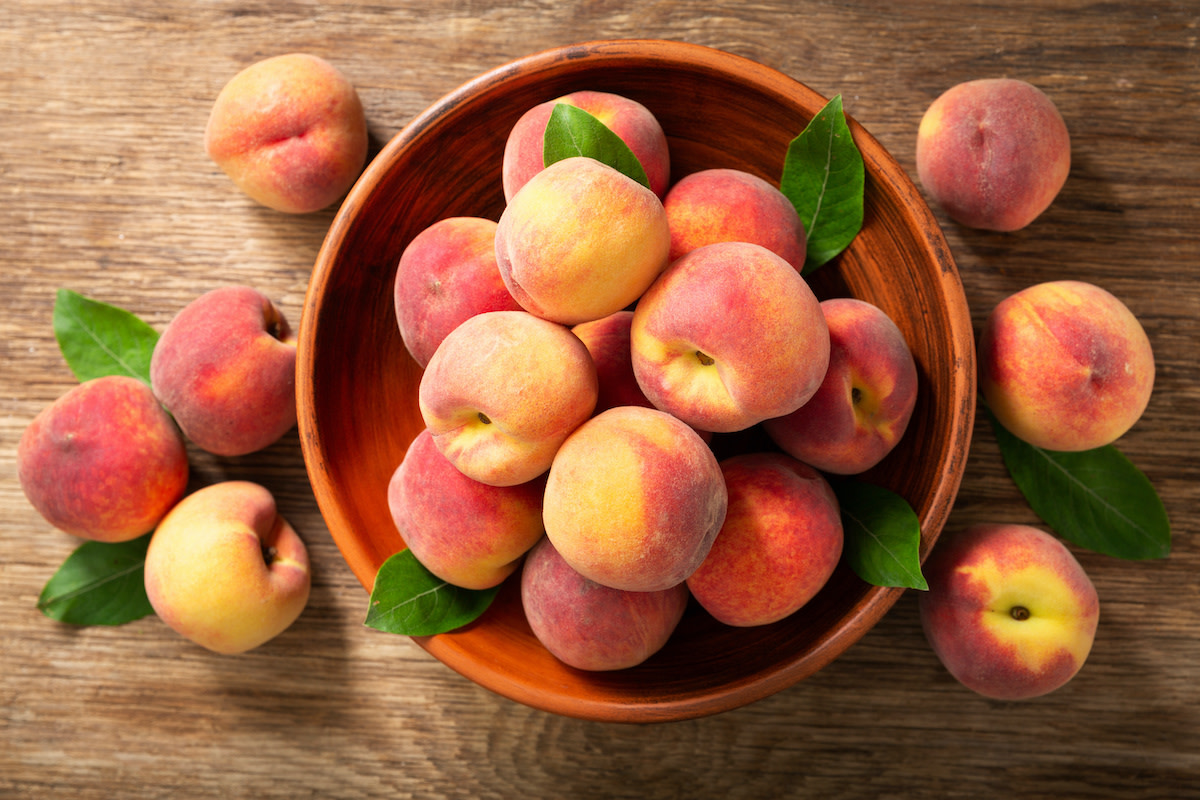
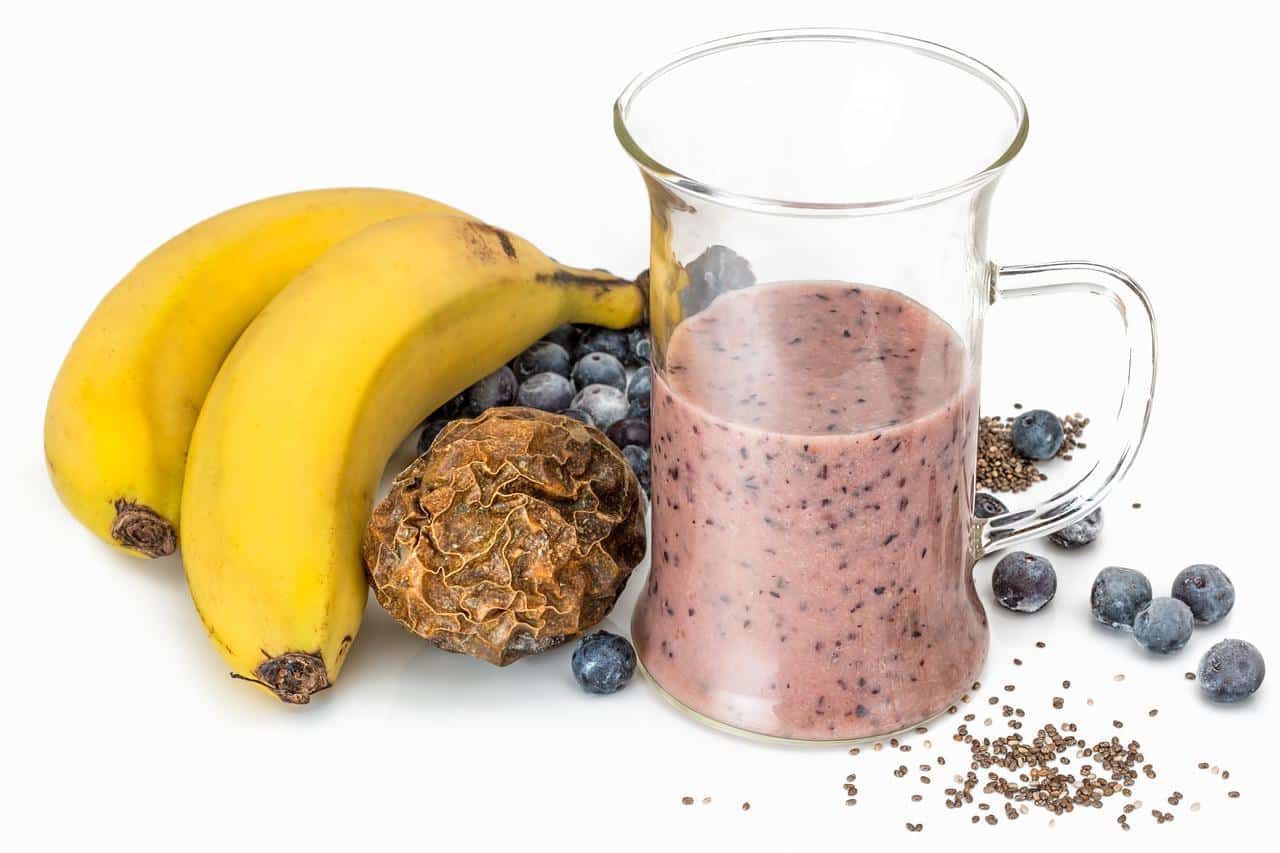
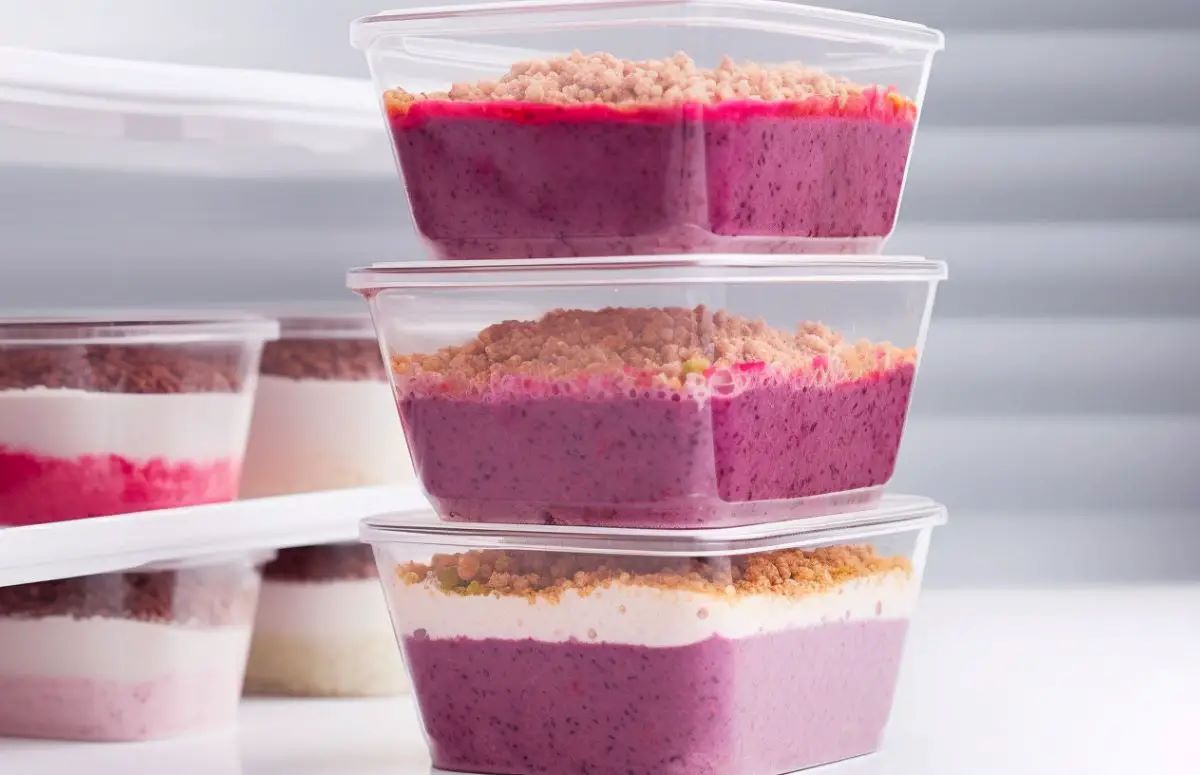


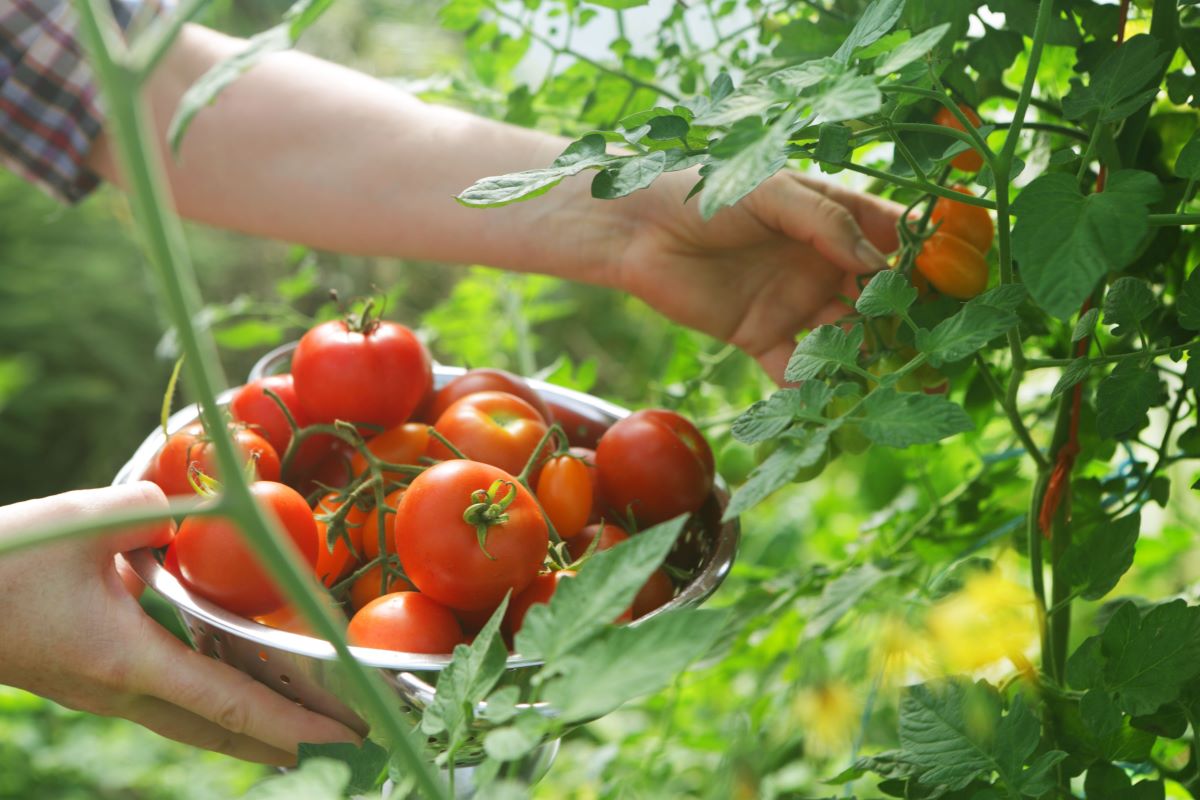

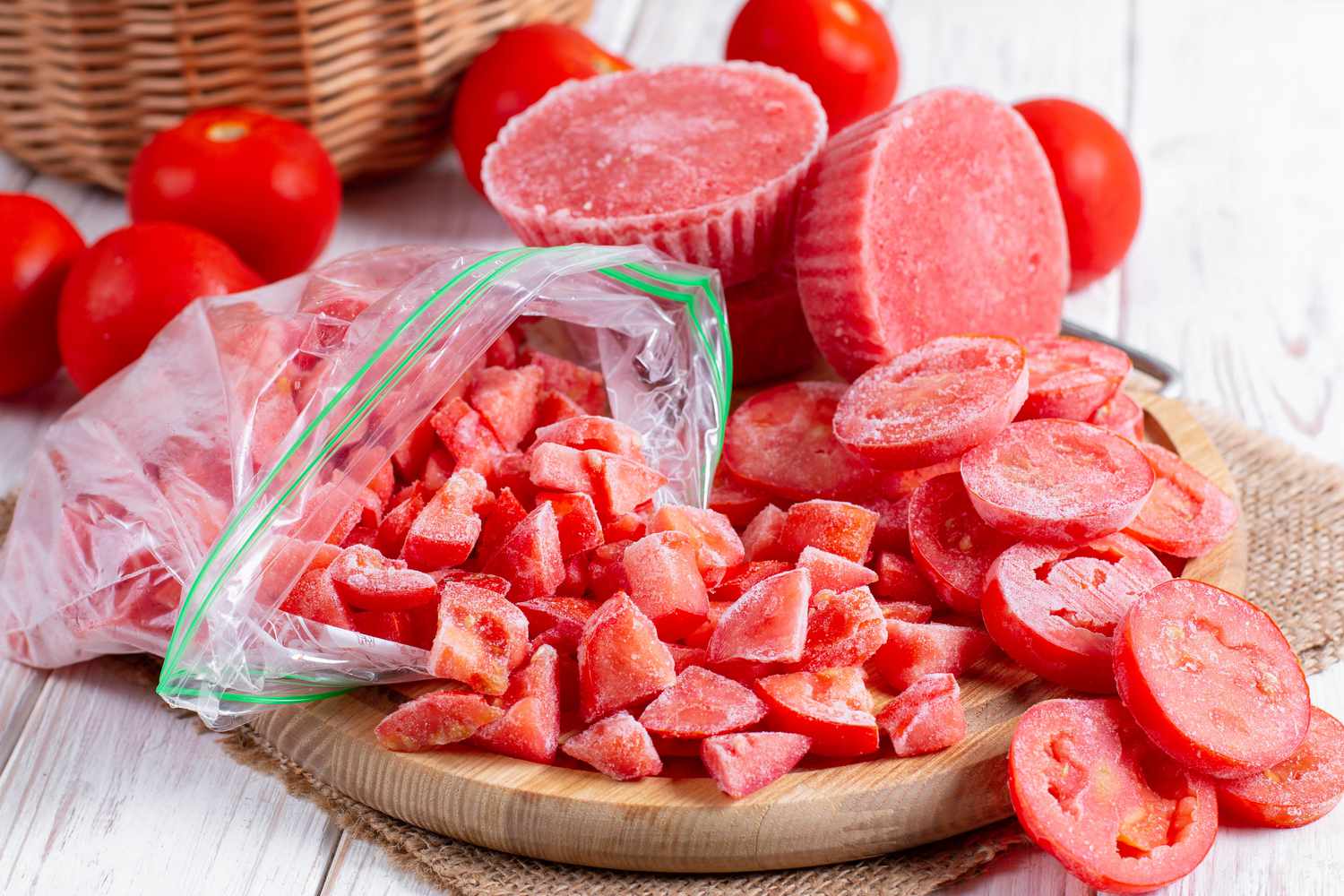
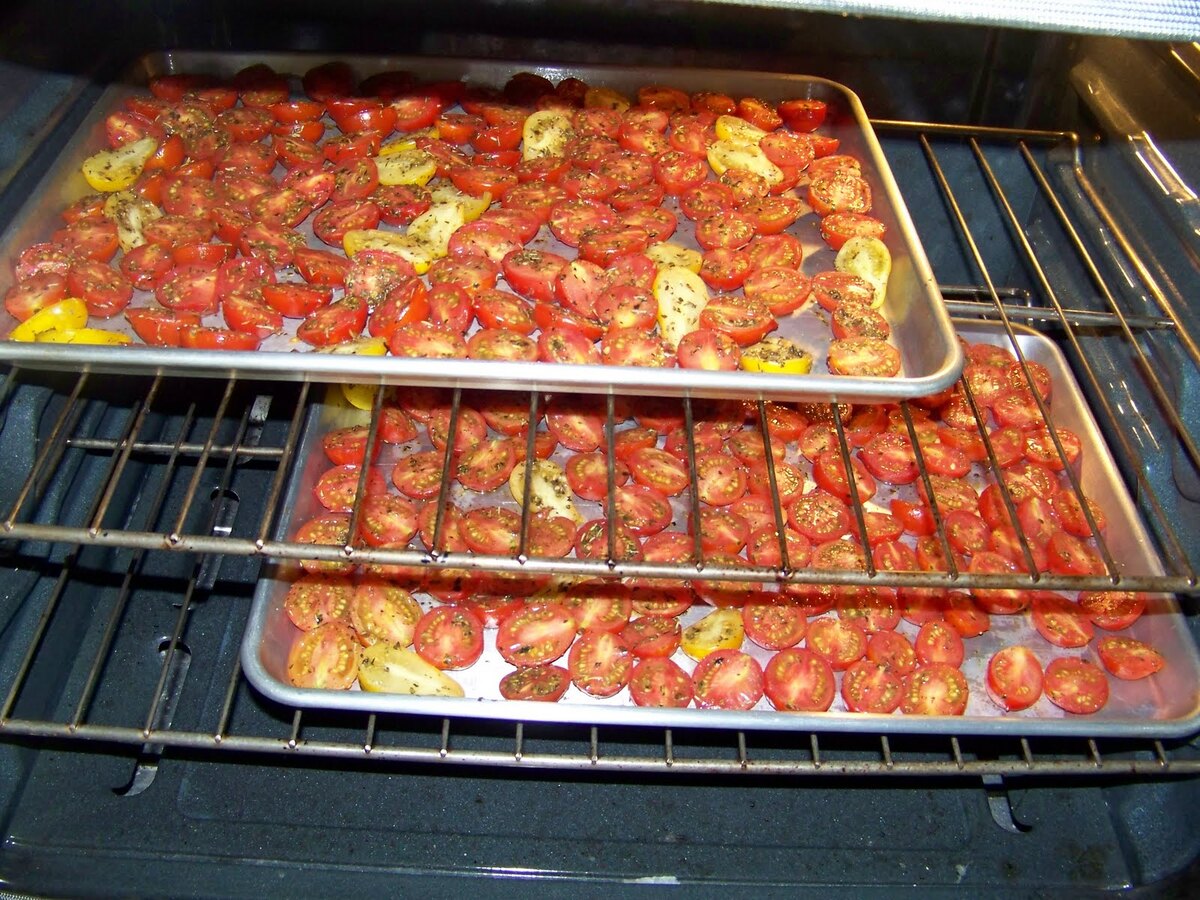

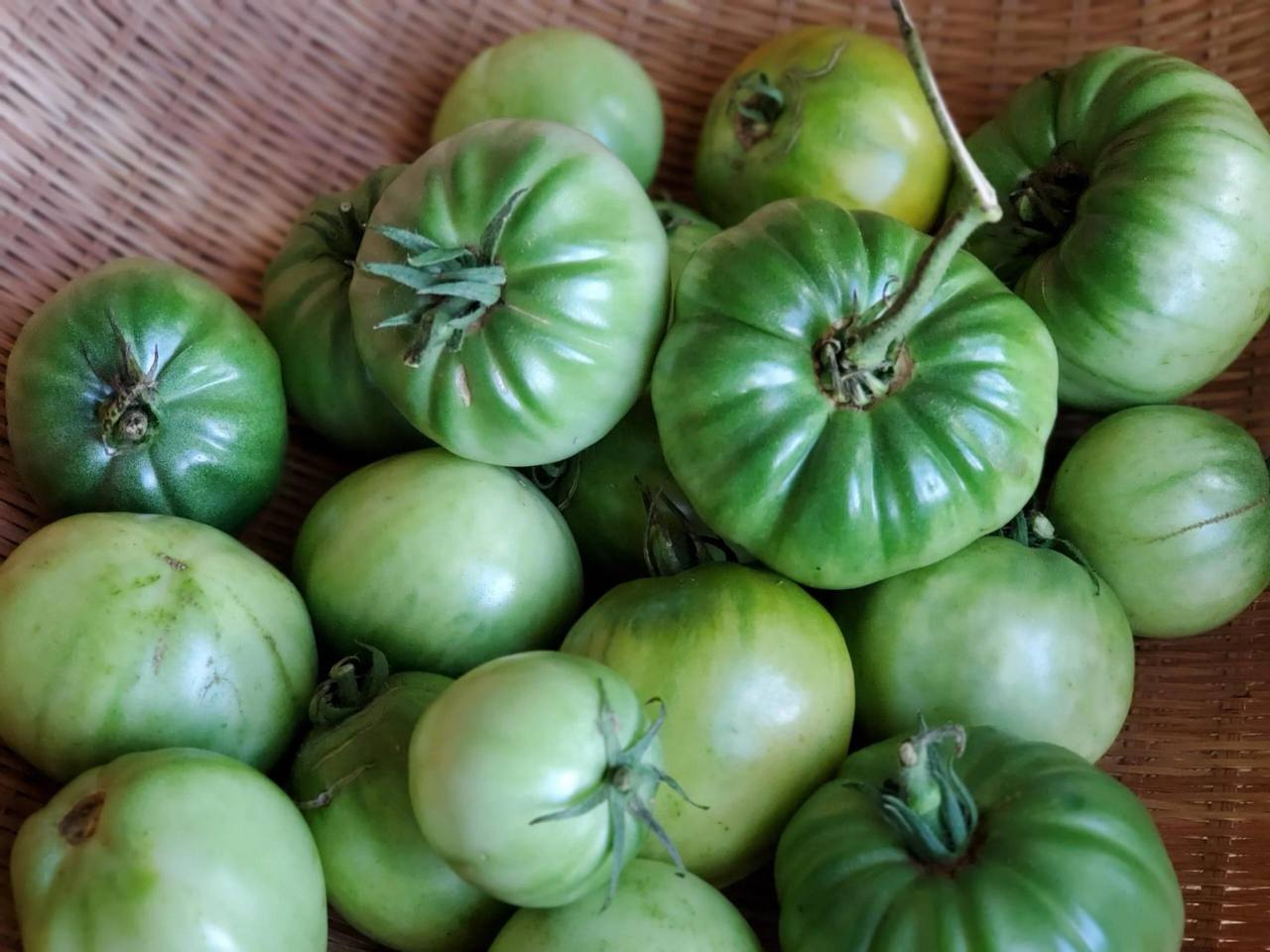
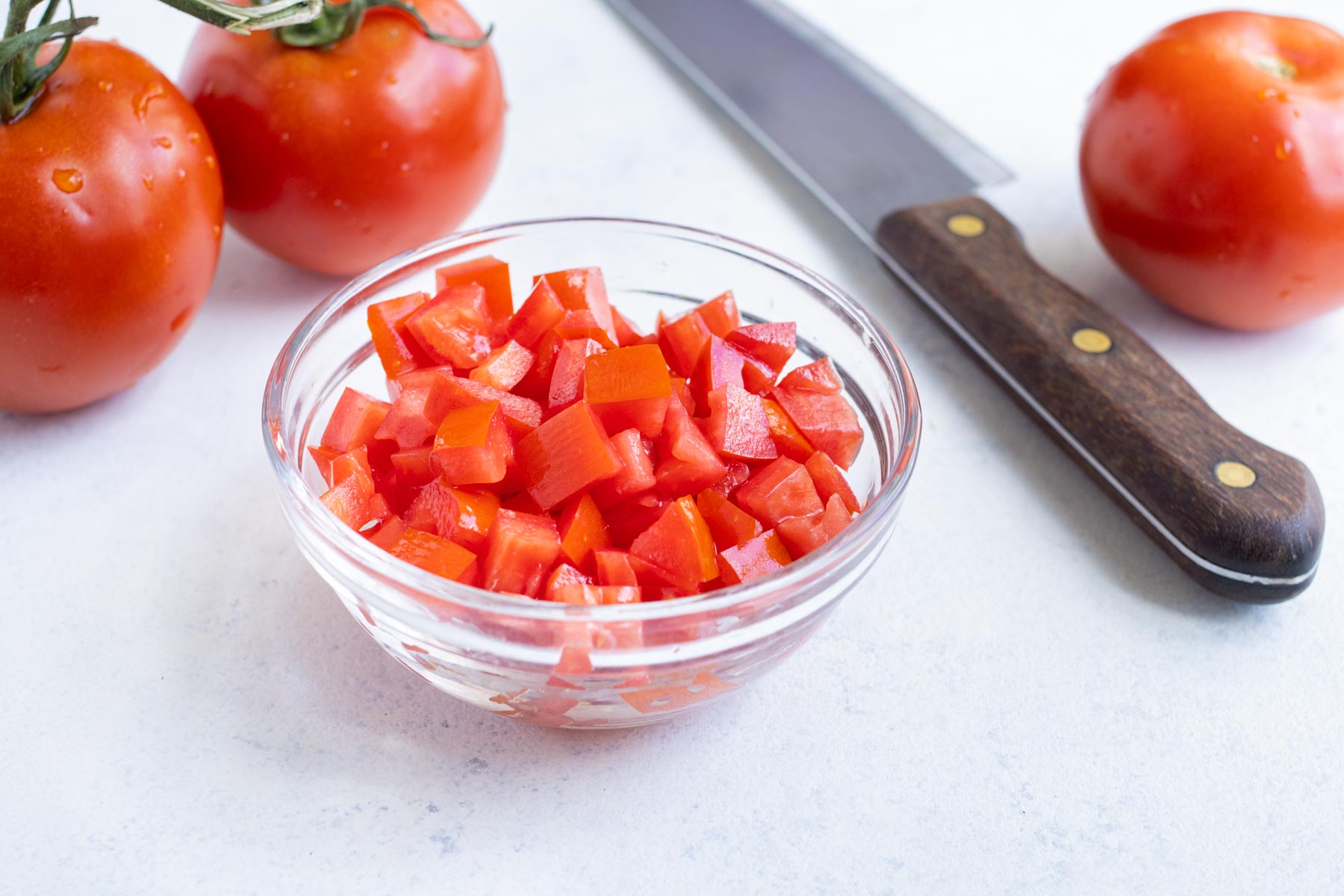

0 thoughts on “How To Store Green Tomatoes To Ripen Later”